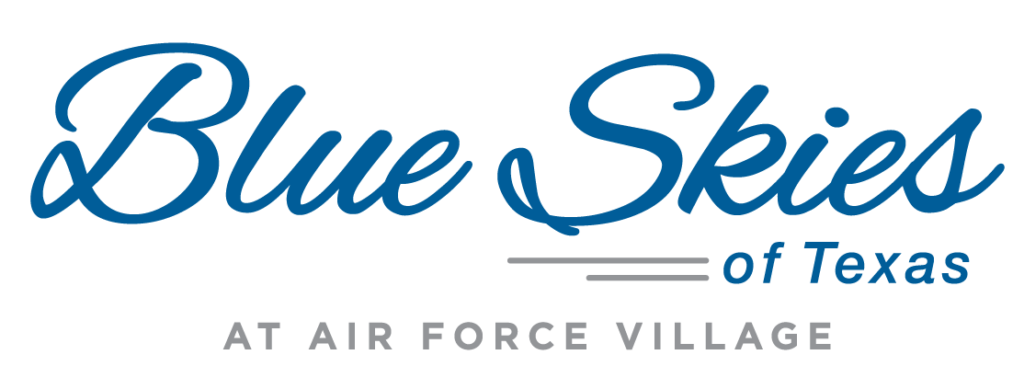
You’ve worked hard and reached the advantageous point of having many opportunities before you, and now comes the exciting choice of what’s next. And despite being unable to predict the future of the economy, the best way to prepare and attain peace of mind is through thoughtful planning. With that said, having a solid financial plan and being aware of smart options available to you will make your dream retirement not only attainable, but real.
Here are three high-level financial tips for anyone seeking retirement in Texas.
Know Your Budget
According to MyLifeSite, a nationwide directory of retirement communities and a trusted source of retirement living info, one of the first things you should do when evaluating all of the options is to examine your income. Once you’ve determined your total monthly income, MyLifeSite advises figuring out the current monthly expenses in your home. Don’t just include your mortgage, property taxes, HOA and utility bills; make sure to include 1%-4% of your home’s annual maintenance expenses like a new roof, appliance repairs and more.
After you’ve established your budget based on your monthly income and expenditures, compare that information to the monthly costs of a few retirement communities that have piqued your interest. You will probably have to contact the communities directly to obtain that pricing information, but it’ll be well worth it, as contract types and fee structures can vary widely among the different types of retirement communities in Texas.
“Be sure you know what is included in the monthly fee at the retirement community and what costs extra,” Brad Breeding, Certified Financial Planner and founder of MyLifeSite, writes. “Since a lot of what you pay for at home today will either go away or be included in your monthly fee at the retirement community, you may find the difference isn’t as much as you first anticipated.”
As Brad alluded to, the good news is that living at a retirement community can be a better value than remaining in your home. This is because many retirement communities include the costs of home maintenance within their monthly service package. That means you’ll never have to worry about paying someone to mow the lawn or worry about getting the roof repaired. Further, at a retirement community you typically won’t have to worry about property taxes. Other life-enhancing amenities, like fitness centers, top-notch dining and performing arts spaces, are also included in your monthly service package.
To see how the costs of staying in your current house compare to the cost of living in a retirement community, visit this cost calculator.
Know Your Assets
Similar to determining your monthly income and budget, advisors like Brad recommend also examining your long-range financial assets when planning or considering a move to a retirement community. This can include standard pieces such as a house or other real estate, retirement accounts, investments, pensions, social security and other assets that have been acquired over time. Discussing the best strategy for putting those pieces to work for you is a smart step to take before signing any paperwork at a retirement community.
Brad explains this in his article as the “bucket strategy” – “Some retirees and their advisors like to use a bucket strategy, meaning there is one fully liquid and safe bucket (account) with enough money to cover cash needs for one to two years. Then there is another bucket for the mid-term (5-10 years) and yet another for longer-term (10 years+).
“The concept is to refill the short-term bucket every year or two from the other buckets. The one you choose to draw from each time will depend on market conditions, tax rates per the type of account/financial vehicle, and growth or loss in those accounts.”
Understanding which short- and long-term resources are available to you—and how to implement them—will give you long-term peace of mind, especially when combined with the retirement community contract that best suits your needs.
Know Your Pros
In addition to knowing your budget and assets, it’s also important to pick the right group of professionals to guide you to and through this exciting transition. In addition to a trusted financial advisor, you should also chat with a tax accountant to understand the tax deductions that may be available to you. According to MyLifeSite, a medical tax deduction may be included. If you’d rather view some helpful resources as a primer before meeting with your pros, consider viewing MyLifeSite’s blog for easy-to-understand tips.
Alternatively, Blue Skies of Texas recently hosted a webinar featuring Brad Breeding. This Blue Skies Thinking Webinar discussed many retirement living options, the main components of LifeCare and the steps toward a solid retirement plan. Further, this webinar covered the benefits of living at a Continuing Care Retirement Community (CCRC) like Blue Skies of Texas, with its many amazing amenities, maintenance-free living and various affordable contract options. If you’re interested in viewing a recording of this webinar, contact us at (866) 553-5389.


